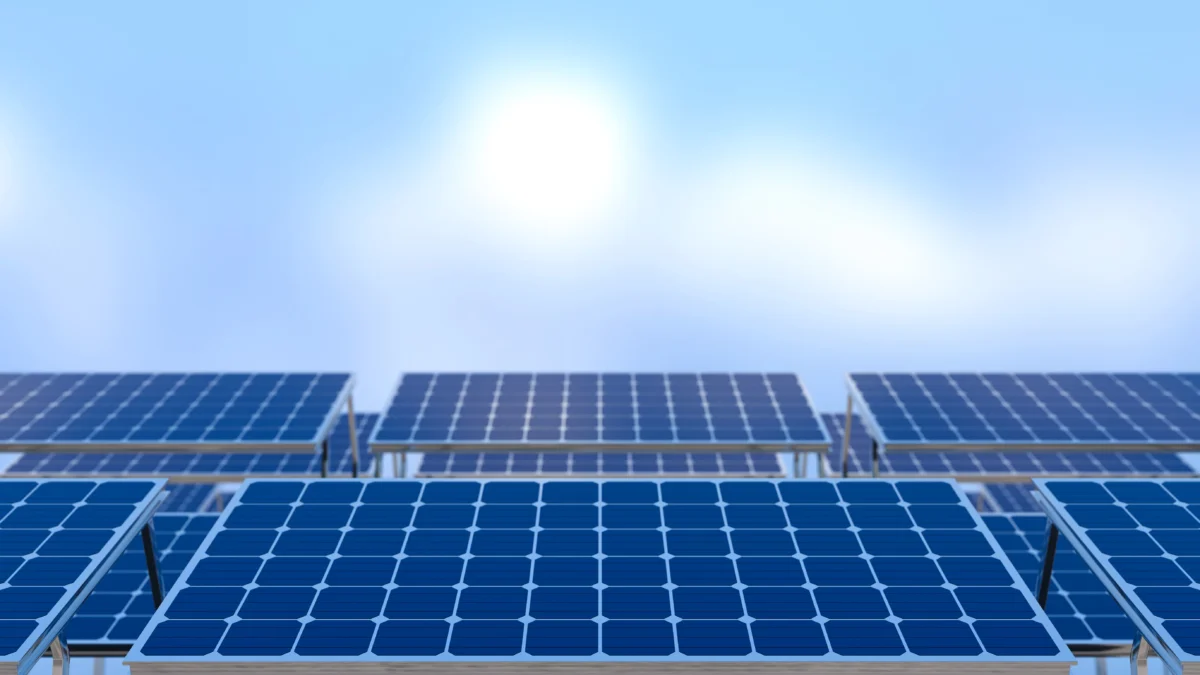Solar energy has emerged as one of the most promising renewable energy sources in the world. With the growing need to reduce carbon emissions and transition to sustainable energy, harnessing the power of the sun has become a top priority for governments, businesses, and individuals alike. But did you know that solar energy is not just limited to solar panels on rooftops? There are several types of solar energy technologies that help us tap into the sun’s limitless power. In this article, we will explore the different types of solar energy and how they contribute to a sustainable future.
What is Solar Energy?
Solar energy is the radiant energy emitted by the sun, which can be converted into usable electricity or heat through various technologies. It is one of the cleanest and most abundant energy sources available, making it an essential component in the global transition to renewable energy.
The two main ways to harness solar energy are through photovoltaic (PV) technology and solar thermal technology. However, within these broad categories, there are several specific types of solar energy systems that serve different purposes and applications.
Types of Solar Energy
1. Photovoltaic (PV) Solar Energy
Photovoltaic solar energy is the most common and widely used form of solar energy. It involves the direct conversion of sunlight into electricity using semiconductor materials such as silicon. When sunlight strikes a solar panel, it excites electrons within the semiconductor, generating an electric current.
Applications of PV Solar Energy:
- Residential and commercial solar panels: Installed on rooftops to generate electricity for homes and businesses.
- Utility-scale solar farms: Large arrays of solar panels that produce electricity for the grid.
- Off-grid solar systems: Used in remote areas where traditional electricity infrastructure is unavailable.
2. Concentrated Solar Power (CSP)
Concentrated Solar Power (CSP) systems use mirrors or lenses to focus sunlight onto a small area, typically a receiver, where the heat is used to generate steam and drive a turbine to produce electricity.
Types of CSP Systems:
- Parabolic Trough Systems: Use curved mirrors to focus sunlight onto a receiver tube that carries a heat-transfer fluid.
- Solar Power Towers: Use a central tower with mirrors surrounding it to focus sunlight on a single receiver.
- Dish Stirling Systems: Use a parabolic dish to focus sunlight onto a heat engine.
CSP is mainly used for large-scale power generation and is commonly found in desert regions with high solar radiation.
3. Solar Thermal Energy
Solar thermal energy uses sunlight to generate heat, which can be used for various applications such as heating water, space heating, and industrial processes.
Types of Solar Thermal Systems:
- Low-temperature solar thermal systems: Used for residential water heating and swimming pool heating.
- Medium-temperature solar thermal systems: Used for commercial and industrial applications such as food processing and chemical production.
- High-temperature solar thermal systems: Used in CSP plants to generate electricity.
4. Passive Solar Energy
Unlike active solar energy systems that use mechanical or electrical devices to capture and convert solar energy, passive solar energy relies on building design and materials to naturally collect, store, and distribute heat from the sun.
Examples of Passive Solar Energy:
- Solar architecture: Designing buildings with large south-facing windows to maximize sunlight exposure.
- Thermal mass: Using materials like concrete, brick, or water to absorb and store heat.
- Natural ventilation: Utilizing building orientation and design to enhance airflow and cooling.
Passive solar energy is an excellent way to reduce heating and cooling costs without the need for complex systems.
5. Solar Water Heating
Solar water heating systems use solar collectors to absorb sunlight and heat water for residential and commercial use. These systems can significantly reduce reliance on conventional water heaters, leading to energy savings and reduced carbon footprints.
Types of Solar Water Heaters:
- Active systems: Use pumps to circulate water through solar collectors.
- Passive systems: Rely on natural convection to move water.
6. Floating Solar Panels
Floating solar panels, also known as floating photovoltaic (FPV) systems, are solar arrays installed on bodies of water such as lakes, reservoirs, and even oceans. These systems help conserve land while utilizing otherwise unused water surfaces.
Benefits of Floating Solar Panels:
- Reduce water evaporation from reservoirs.
- Increase efficiency due to cooling effects from water.
- Free up land for other uses.
7. Hybrid Solar Systems
Hybrid solar systems combine solar energy with other renewable energy sources, such as wind or battery storage, to ensure a consistent power supply. These systems are especially useful in areas with variable sunlight conditions.
Common Hybrid Configurations:
- Solar + Wind: A combination of solar panels and wind turbines to generate electricity.
- Solar + Battery Storage: Solar panels paired with batteries to store excess energy for use during nighttime or cloudy days.
The Future of Solar Energy
As technology continues to advance, solar energy is expected to become even more efficient, affordable, and widespread. Innovations such as perovskite solar cells, transparent solar panels, and solar paint are set to revolutionize the industry.
Moreover, governments and organizations worldwide are investing in solar energy infrastructure to combat climate change and reduce dependence on fossil fuels. Countries like China, the United States, and India are leading the way in solar power adoption, demonstrating the potential of this renewable energy source.
Conclusion
Solar energy is an incredibly versatile and sustainable power source that comes in various forms, from photovoltaic and CSP systems to passive solar and floating solar panels. Understanding the different types of solar energy allows us to make informed decisions about harnessing the sun’s power for a cleaner and greener future.
With continuous advancements in solar technology, the future is indeed bright. Whether you’re looking to install solar panels on your home, invest in large-scale solar farms, or explore innovative solar solutions, embracing solar energy is a step towards a sustainable world. The transition to solar power is not just an environmental choice but also a smart economic decision that benefits individuals, businesses, and the planet alike.




